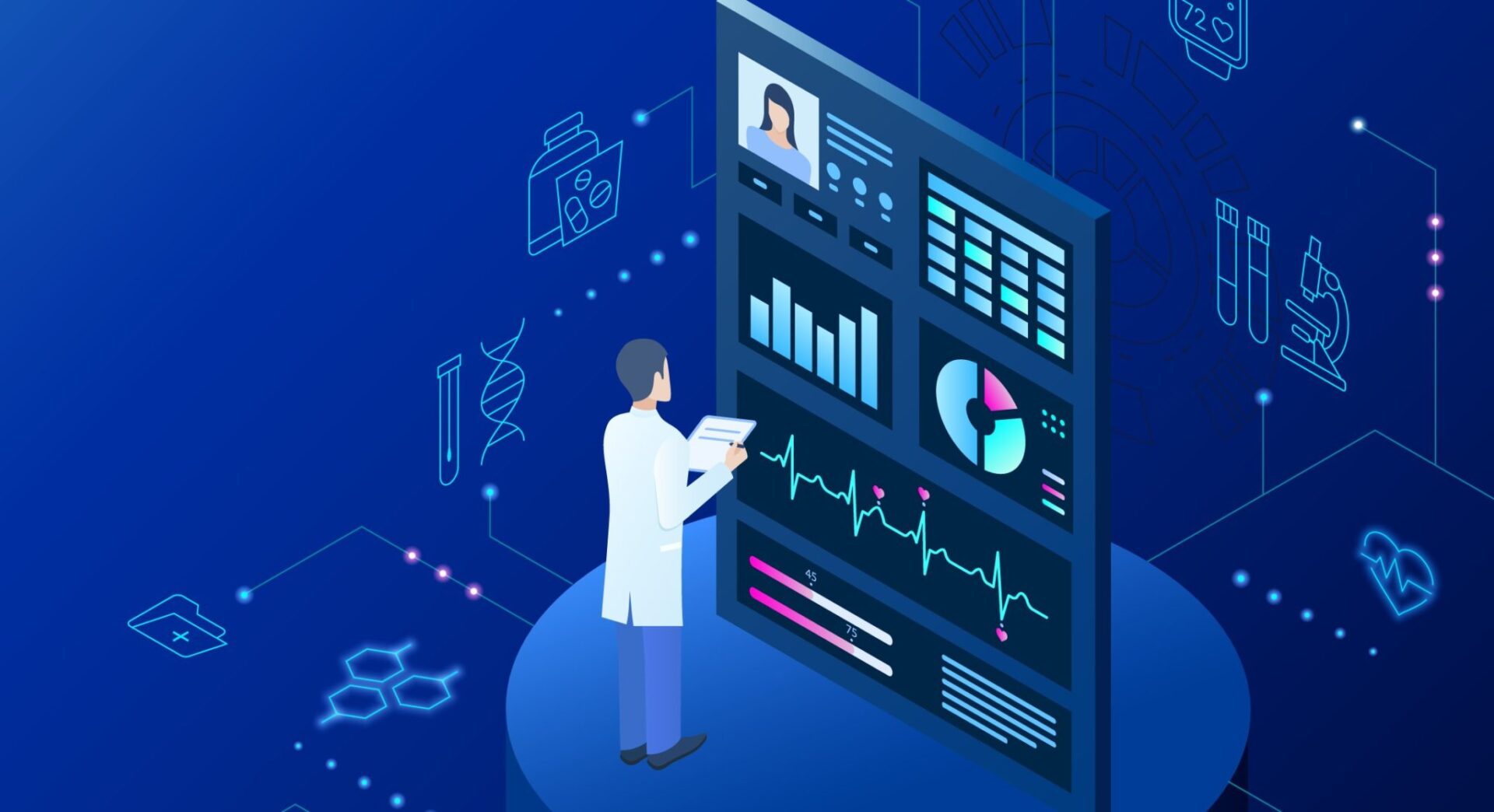
In the world of healthcare, a new technology is emerging—living bioelectronics. This technology combines biomechanical, biogenic and bioelectrical properties to create lifelike biointerfaces with human tissue.
Traditional bioelectronics are great for capturing physiological signals and monitoring inflammation but have a big problem integrating with biological tissue. Mechanical mismatches create interfacial discontinuities and signal loss. Hydrogels act as an intermediary layer but lack the necessary cellular functions to modulate tissue.
Hydrogels are three-dimensional, hydrophilic polymer networks capable of absorbing and retaining large amounts of water or biological fluids. They can be composed of natural or synthetic polymers and are used in a variety of applications due to their biocompatibility, flexibility, and ability to mimic natural tissue environments.
The Active Biointegrated Living Electronics (ABLE) platform solves these problems. The ABLE system has a living hydrogel at the tissue-electronics interface with the skin bacterium Staphylococcus epidermidis. This has several benefits:
Biogenic Properties: The hydrogel supports bacterial viability which in turn modulates the skin’s immune environment.A hydrogel composite was chosen as the base material because of its biomechanical and structural similarity to biological tissue. The hydrogel is made of gelatin and tapioca starch and supports long term viability of S. epidermidis. This combination creates a biocompatible environment for bacterial colony growth.
The living hydrogels have good bioelectrical and biomechanical properties to integrate bioelectronic devices with biological tissue. Low impedance, high water content and tissue compliant softness creates a stable and conformal biointerface for signal transmission and reduce movement artifacts.
The ABLE platform has shown promising results in preclinical testing, especially in a psoriasis mouse model. With a 15-channel mesh electronics array, the system was able to record electromyography (EMG) signals with better signal to noise ratio than traditional biointerfaces.
When applied to psoriatic skin the ABLE device not only recorded physiological signals but also treated the psoriasis. The living components of the system regulated inflammation and promoted skin regeneration. Real time disease monitoring and treatment.
Living bioelectronics opens up new biomedical applications. By combining living materials with electrical systems this technology allows us to explore the intersection of biological and non-biological systems. The possibilities are endless for clinical translation and better patient outcomes.
So, the ABLE platform is a game changer in bioelectronics. Its multi functionality, made possible by the combination of biogenic, biomechanical and bioelectrical properties will change healthcare and give us better and more integrated solutions for disease monitoring and treatment. As we move forward the future of living bioelectronics looks bright.
1. What is the primary role of the skin bacterium Staphylococcus epidermidis in the ABLE platform?
A) To act as a physical barrier against pathogens
B) To provide electrical conductivity for signal transmission
C) To support bacterial viability and modulate the skin’s immune environment
D) To enhance the structural integrity of the hydrogel composite
Answer: C) To support bacterial viability and modulate the skin’s immune environment
2. Which of the following materials are used to create the hydrogel base in the ABLE platform, and what is their significance?
A) Polyethylene glycol and alginate; they provide high mechanical strength and flexibility
B) Gelatin and tapioca starch; they ensure biomechanical and structural similarity to biological tissue
C) Collagen and chitosan; they enhance cellular adhesion and proliferation
D) Hyaluronic acid and dextran; they offer excellent moisture retention and biocompatibility
Answer: B) Gelatin and tapioca starch; they ensure biomechanical and structural similarity to biological tissue
Hi!
